Use content to connect your social batteries to social landing pages and get customered. Improve your social media conversion rate. Read on
They friend you. They fan you. They pin you. They follow you.
BUT how often to they customer you? How often do they buy, subscribe, or register? How often can you get your fans and followers to convert?
When you get customered, your business grows, you gain another social influencer, and you get proof that your social media strategy is delivering what your social network wants.

They “liked” Me
BUT

They didn’t “customer” me.
Getting customered is an important part of the social media life cycle, and it’s also one of the trickiest. First, you need to recognize the potential within your social networks.
The possibilities Within Your Social Networks: Improving Your Social Media Conversion Rate
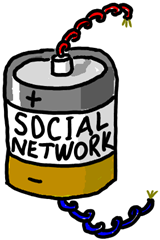
Your social networks store potential, like a battery stores voltage. What you need to do to charge your social battery:
- Get Noticed
- Get Liked
- Get Followed
- Get Connected
Sounds great, right? But, how do you hook up to the juice that turns that potential into leads and revenue? Tapping this potential requires that you connect your social battery to something of interest to both you and your social aficionados.
Use Content for Wires
As you know, there is a plethora of content out there and it comes in many forms. Content might be blog post links on Twitter, contests on Facebook, and product pictures on Pinterest. Without the content, no one is going to find their way back.
Many of us already have content strategies for our social networks, but what gets people to customer us when they visit? How can we get engage our customers?
Content. Content drives engagement.
Connect Them to Your Landing Pages
Unfortunately, once read, content is quickly dismissed. No matter how great your content is.
Keep in mind that most visitors spend only a few seconds on a new site deciding whether to engage further with the content or to click the “Back” button. So if your landing page is forming the bridge that introduces your new visitors to the rest of your site’s content, it’s vital that this page be as compelling as possible in getting new visitors to investigate further.
What is the next step for me as a visitor and potential customerer of your business?
The secret is to treat your content pages as social landing pages.
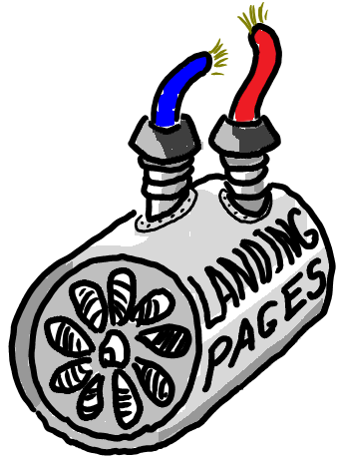 A landing page is a single minded page designed to do two things:
A landing page is a single minded page designed to do two things:
- Keep the promise made by the link that was clicked.
- Get the reader to do something that benefits them and your business.
A Social landing page, then, is a single minded page designed to:
- Deliver the content promised.
- Get the reader to customer you.
Both pages have content that delivers on a promise and a call to action that entices readers to do something wonderful.
Where do Social Landing Pages Live?
Social media landing pages live anywhere you are drawing social visitors.
- Your blog content pages have the content, but do they have the call to action? Is the call to action where it can be seen? – Add calls to action in or near the content.
- Your email signup pages have the call to action, but do they have the content that makes signing up appealing? – Give subscribers a better reason to sign up than “Get on another mailing list.”
- Your lead generation pages, offering gated content have the call to action, but do you talk about the content you are offering, or do you talk about our company and your products instead? – Any page to which your friends, fans and followers might come in search of education or entertainment qualified as a social media landing page.
- Product pages on eCommerce sites, are another frequent social media landing page. The call to action is invariably there: Add to Cart.
Ask yourself the following questions about your social landing pages:
- What content topics generate the most engaged visitors?
- Will more visitors comment if you simply ask them to?
- Where should your conversion beacons be: in the sidebar column, before or after the post or in the copy?
- What offers draw more clicks on your conversion beacons?
The Anatomy Of A Great Social Landing Page
Unlike its counterpart, the social landing page isn’t focused getting on one action from a visitor; it has to manage four different kinds of conversion. Do your social landing pages manage all four?
Social media strategies have become a boon to search marketers. Social media builds backlinks from authoritative sites, creates a stream of keyword-rich content and drives direct traffic to key pages.
While the “media” part of social media is almost completely free; the “social” part is quite expensive.
The “social” part of social media requires generating a steady menu of content and participating in the conversations generated around that content.
“Social” media isn’t cheap, but the things we do to generate great search engine results—creating content, encouraging conversations—are exactly the things that boost conversion rates and drive sales. This is what readers of this column are interested in.
Increasing conversion rates around social media requires that we change our tactics. I’m going to introduce you to the “social media landing page” and show you why you need to use this proven tool.
A different kind of conversion
For most of us, there is one kind of conversion. It happens when a visitor to our site fills out a form or completes a purchase. It is when a stranger becomes a prospect and a prospect becomes a customer.
In the realm of social media, a conversion can be quite different.
Dave Evans, in his book Social Media Marketing: An Hour a Day defines three stages that a social influencer must go through to create word-of-mouth messages for our businesses.
He starts with a small number of individuals who have purchased our products or services. Ironically, we have to “convert” these customers into users of our products, so that they have the authority to speak about our offering. We then help them form an opinion of us—preferably a favorable one—with the ultimate goal of getting them to talk about their experience.
We will also want to give those that hear these messages a way to interact with us.
Needless to say, a traditional landing page isn’t going to get us there. These pages are designed to entice action long after the post-purchase process has run its course.
Unlike its counterpart, the social media landing page isn’t focused getting on one action from a visitor; it has to do more.
Don’t worry: you probably see social landing pages every day. See if you can guess where I’m going with this.
Conversion to user
The social media landing page must educate a customer on how to use your product or offering in their situation. Therefore, the page must have an educational component.
Articles, videos and reviews with a “how to” or “10 ways to” orientation are classic examples, and you’re probably already generating such content for your search strategies.
Conversion to opinion-holder
It stands to reason that, if someone uses your product or service, they are going to form an opinion of it. However, studies tell us that “social proof” can often override personal experience in our perceptions. Therefore, a social landing page should expose the opinions of others.
Testimonials are the time-honored tactic for communicating social proof, but savvy social networkers want more specific, transparent and relevant commentary from people in their social graph. The social landing page must expose social gestures—comments, retweets, subscriptions and “likes”—to influencers seeking to make a statement with their opinion.
Conversion to talker
Once someone in authority has formed an opinion of our brand and offering, our landing page must provide them with a way to spread their message. Fortunately, there are myriad ways for visitors to our landing page to share their opinion, from comments to TweetMeme buttons.
Have you identified a page design that provides all of the moving parts outlined here? If you said a blog, a forum or a Facebook page, you are right on target. Each of these provides opportunities to educate visitors and allows influencers to spread the message through comments and posts.
Conversion beacons bring new visitors full circle
All of this will do little more than grow our social graph. How do we get new visitors—those influenced by our customers to consider our offering?
Conversion beacons tell visitors how to start interacting with us. These are classic offers, ads or forms that will often lead to traditional landing pages. These form the link back to the traditional sales funnel.
It is the conversion beacons that offer us a measurable way to calculate ROI, as these drive new leads and purchases.
Optimize your social landing pages and boost your social media conversion rate
Now that you know how important these pages are, give your blog or Facebook page another look.
Every good conversion scientist knows that testing is the quickest way to get better at online marketing, and the same is true for social landing pages. However, social landing pages aren’t as easy to test as traditional landing pages.
In my next column, I’ll show you the tools and tactics I use to measure the effectiveness of my social media marketing campaigns.
Original article on social media landing pages was published on Search Engine Land
Remember that these are Social Visitors
Given that your visitors are coming from a social network, they will be more likely to want to see social content with the product information. You should oblige them.
- Consider star ratings and reviews for your products.
- Use social proof. How many others have customered (bought) this product? How many friends, fans and followers do you have?
- Don’t invite them to become a friend, fan or follower. They already are. The only choice they should have is to customer you.
It’s one thing to get people to friend, fan, follow, and flatulate. It’s quite another to get them to customer you. Use content to connect your social batteries to social media landing pages and get customered.
Images by Brian Massey
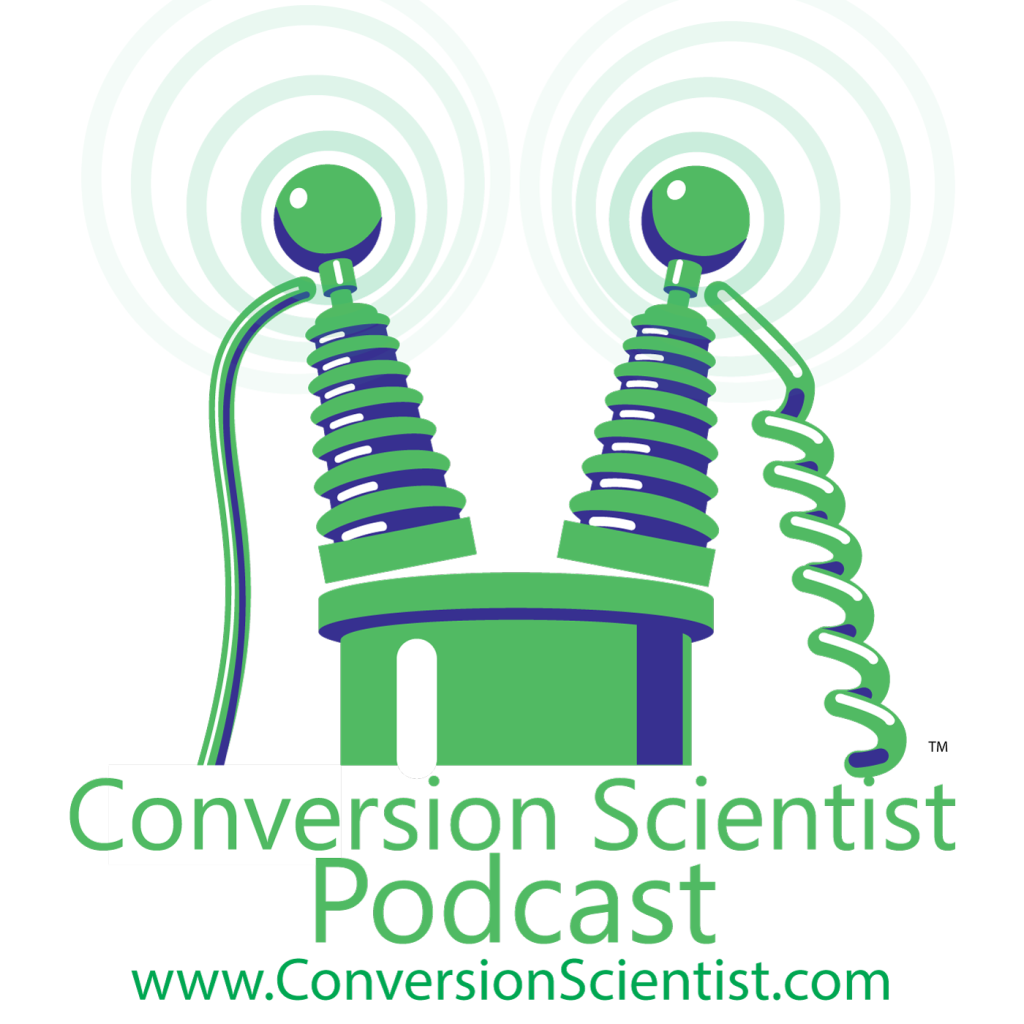
Podcast: Play in new window | Download
“Getting Customered: Improving Your Social Media Conversion Rate” was recorded at Engage Mexico 2013 in Puerta Vallarta.
Can’t get enough? Download our
Get Customered: Social Media Conversion Rate PowerPoint Presentation.
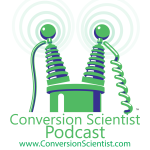













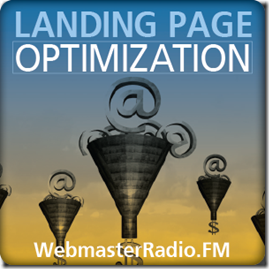
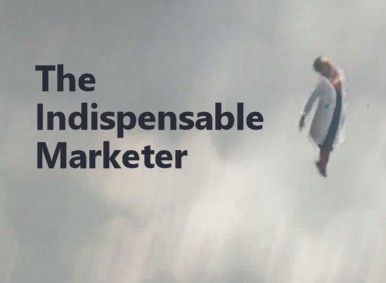

 Power Process #1: Make the phone ring
Power Process #1: Make the phone ring








